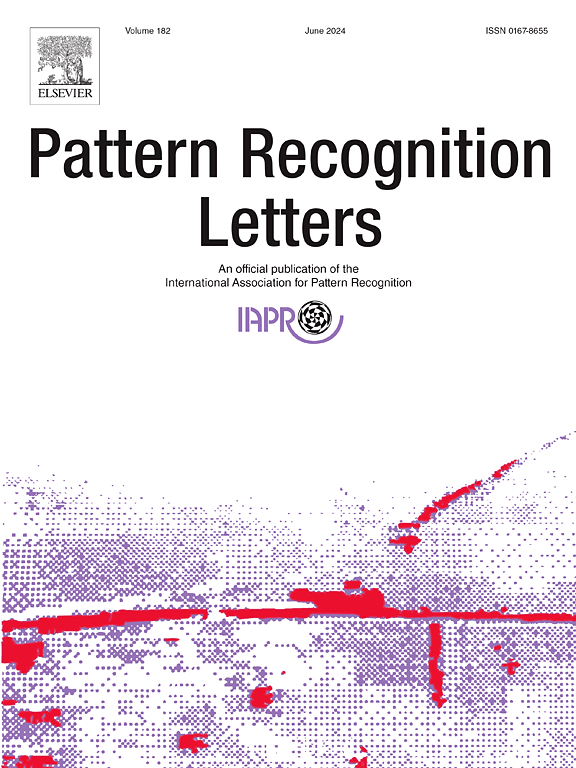Rethinking unsupervised domain adaptation for semantic segmentation
IF 3.9
3区 计算机科学
Q2 COMPUTER SCIENCE, ARTIFICIAL INTELLIGENCE
引用次数: 0
Abstract
Unsupervised domain adaptation (UDA) adapts a model trained on one domain (called source) to a novel domain (called target) using only unlabeled data. Due to its high annotation cost, researchers have developed many UDA methods for semantic segmentation, which assume no labeled sample is available in the target domain. We question the practicality of this assumption for two reasons. First, after training a model with a UDA method, we must somehow verify the model before deployment. Second, UDA methods have at least a few hyper-parameters that need to be determined. The surest solution to these is to evaluate the model using validation data, i.e., a certain amount of labeled target-domain samples. This question about the basic assumption of UDA leads us to rethink UDA from a data-centric point of view. Specifically, we assume we have access to a minimum level of labeled data. Then, we ask how much is necessary to find good hyper-parameters of existing UDA methods. We then consider what if we use the same data for supervised training of the same model, e.g., finetuning. We conducted experiments to answer these questions with popular scenarios, {GTA5, SYNTHIA}Cityscapes. We found that i) choosing good hyper-parameters needs only a few labeled images for some UDA methods whereas a lot more for others; and ii) simple finetuning works surprisingly well; it outperforms many UDA methods if only several dozens of labeled images are available.
反思语义分割的无监督领域适应性
无监督领域适应(UDA)是指仅使用无标注数据,将在一个领域(称为源领域)训练的模型适应到一个新领域(称为目标领域)。由于标注成本较高,研究人员开发了许多用于语义分割的 UDA 方法,这些方法假定目标领域中没有标注样本。我们对这一假设的实用性提出质疑,原因有二。首先,使用 UDA 方法训练模型后,我们必须在部署前以某种方式验证模型。其次,UDA 方法至少有几个超参数需要确定。最可靠的解决方案是使用验证数据(即一定量的标注目标域样本)对模型进行评估。这个关于 UDA 基本假设的问题引导我们从以数据为中心的角度重新思考 UDA。具体来说,我们假设我们可以获得最低水平的标注数据。然后,我们会问需要多少数据才能找到现有 UDA 方法的超参数。然后,我们考虑如果使用相同的数据对同一模型进行监督训练,例如微调,会有什么结果。为了回答这些问题,我们在{GTA5, SYNTHIA}→Cityscapes 等流行场景中进行了实验。我们发现:i)对于某些 UDA 方法来说,选择好的超参数只需要几张标注图像,而对于其他方法来说,则需要更多的标注图像;ii)简单的微调效果出奇的好;如果只有几十张标注图像,微调效果会优于许多 UDA 方法。
本文章由计算机程序翻译,如有差异,请以英文原文为准。
求助全文
约1分钟内获得全文
求助全文
来源期刊

Pattern Recognition Letters
工程技术-计算机:人工智能
CiteScore
12.40
自引率
5.90%
发文量
287
审稿时长
9.1 months
期刊介绍:
Pattern Recognition Letters aims at rapid publication of concise articles of a broad interest in pattern recognition.
Subject areas include all the current fields of interest represented by the Technical Committees of the International Association of Pattern Recognition, and other developing themes involving learning and recognition.
 求助内容:
求助内容: 应助结果提醒方式:
应助结果提醒方式:


